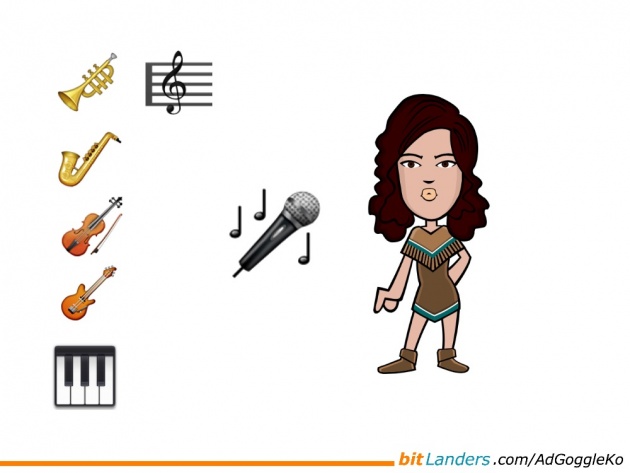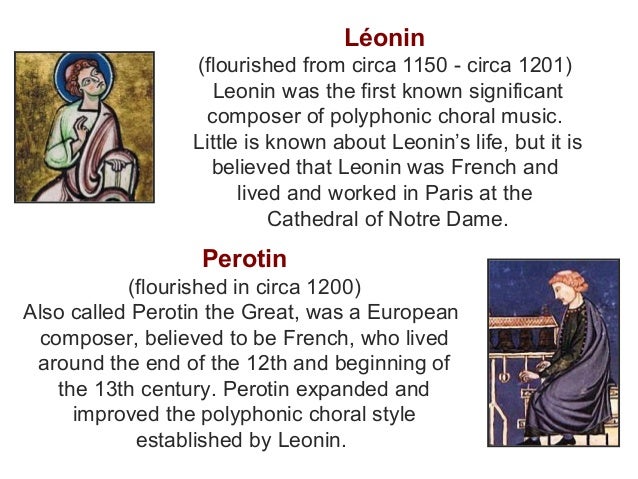
As a sequel to my previous post entitled "bitLanders and bitMiles Survey Chat", I would like to talk about Music.
MUSIC is as old as man. Even during the stone ages, man somehow created harmonious sounds and voices to please or appease their gods. Tribesmen or aborigines of every nation still practice their own indigenous styles and versions of music to this very day. They use native drums and percussion instruments to accompany the nocturnal mass singing and dancing of the tribe usually outdoors and around a big bonfire or on full moon. Sometimes the singing gets so hypnotically intense and can lead participants to go into a trance and walk barefooted over burning ambers without feeling any pain whatsoever.
Yes, that was how powerful music was during those early days. Music varied among the different regions of the world.
)
Image Credit: http://il8.picdn.net
Early Africans and also American Indians normally chorus very loudly as they dance and stomp their feet as they sing along.
Asian monks on the otherhand, would chant their songs more quietly and solemnly inside the confines of their temples. Monks and abbots of medieval Europe also chanted in unison during dawn and dusk of each day.

Image Credit: http://gaatha.com
Music took a turn when acoustic instruments were invented by man. We saw the likes of the guitar and the violin or fiddle used for the first time by folk or country musicians. Ancient music took a turn when the Greeks started using flutes and bagpipes to accompany their singing. The Indians developed the bowed fiddle, which is considered to be one of the oldest string instruments in the world.
The Persians also had their form of music which date back to the prehistoric era. Then later on, music caught up with the Jews, Romans and the Egyptians. During the biblical times, the Israelites sang songs of praise after their deliverance by Moses from the Egyptians. At that time the most favored musical instrument was the harp or lyre. After the fall of the Roman Empire, the Catholic Church began developing its brand of music that serve to unite different cultures during the Middle Ages.

Image Credit: http://image.slidesharecdn.com
It was during the Medieval era when music saw the rise of composers. Léonin and Pérotin produced the first music composition around the 11th century. By the end of the Middle Ages, troubadours and courtly poets roamed the landscape with their vibrant rendition of secular songs that depicted everyday life.
During the Renaissance period, European countries like France, Belgium and the Netherlands gave rise to famous composers like Bach, Handel and Vivaldi who introduced melodic singing.

Image Credit: http://www.londonpianoinstitute.co.uk
Towards the early 19th century came the classical music period. By this time, singing was accompanied by musical instruments such as the harpsichord -- the grand daddy of today's piano. European composers began introducing operas for public viewing. Classical music was further refined and perfected by Mozart, Beethoven and Schubert to name a few of the many world renowned classical music composers.
Then came the Romantic period. The likes of Chopin, Tchaikovsky and Strauss gave birth to orchestra. Instruments like the violin, viola, cello and contrabass in addition to the harpsichord were used. Later on, other instruments like the clarinet, basset horn, flute, harps, trumpets, xylophone, piccolo, drums, bell triangles, trombone, bassoon and the piano were employed by an orchestra. How can we ever forget the immortal and captivating waltzes, The Blue Danube and Tales from the Vienna Woods by Johann Strauss II. The modern era gave rise to country music worldwide. Instruments like the acoustic guitar, mandolin, banjo, fiddle and accordion were the choice of folk singers.
Then Jazz came into vogue by the early 20th century. Actually, African Americans introduced this cool and swinging music in New Orleans. Aside from vocalist, jazz musicians made much use of trumpets, saxophones, drums, piano, clarinets, trombone, guitars, harmonica and the Hammond organ.
By the mid 50's, electric instruments took over the music world by storm. It was the age of Rock and Roll. Introduced by the Americans, we had singing sensations like Little Richard, Fats Domino, Chuck Berry, Buddy Holly, Bill Haley, Elvis Presley, Johnny Cash, Jerry Lee Lewis and many others. They served as an inspiration for other famous singers to make it to center stage like the Everly Brothers, Cliff Richard, Neil Sedaka, the Platters and Paul Anka just to name a few.

Image Credit: http://thehub.musiciansfriend.com
Then the British invasion came to conquer with the Beatles, Dave Clark 5, the Hermans Hermits, Peter and Gordon, Freddie and the Dreamers, the Mindbenders, the Animals, the Kinks and who can forget the ever alive Rolling Stones.
Mind you, the RS are still making waves to this very day. Instrumental bands like the Ventures and the Shadows were the best of their lot. Pushing forward evolved Psychedelic Rock. We had Jimmy Hendrix and Led Zepplin and the Doors stealing the show with their surreal kind of music.

Image Credit: http://img.thesun.co.uk
By the 1980's, bands gave way to vocal artists like Tom Jones and Englebert Humperdinck topped the billboard charts for many years. Female vocalists had their share of greatness. We had Whitney Houston, Mariah Carey, Celine Dion, Beyonce Knowles, Britney Spears, Lady Gaga, Christina Aguilera and of course who wouldn't remember the controversial Madonna. They still remain the top hip-hop artists of the 21st century. Male singers of this day and age would be Eminem, Jay Z, Usher, Kayne West, James Bay, bands like Royal Blood, CHVRCHES, Catfish and the Bottlemen.
There are million of them in fact. I guess my age couldn't cope with who's who in todays music circle. LOL!
Let's recap at the Evolution of Music:

Image Credit: https://wholelifeworship.files.wordpress.com
Ancients usually chant in unison without melodious tunes as we know music today. During those times, ancients chant to ask their gods for good fortune or perhaps embolden their spirits before going to war with neighboring tribes. Biblical music was characterized with vocalization sans instrument accompaniment.
Music then was more ritualistic and solemn. Secular music are sometimes accompanied by a harp. Then during the medieval era, songs were sang by roaming balladeers who entertain the nobility and the common man. Music became more lively during the middle ages. Musical instruments were used to make songs more meaningful.

Image Credit: http://www.cubicles.net
A big change occured during the classical era. Famous composers began to develop music with the use of several musical instruments. The Renaissance period gave rise to the best noted composers of the world. Their kind of music lives on and are enjoyed to this very day. Waltzes and marches were the predominant forms of music at that time. Thereafter, modern man created music that were based on romance. Sopranos and operas were in vogue.
By the 19th century, music reached more ears through the invention of the radio. From then on toward the 20th century, music became more vibrant. I still remember some songs of the 30's, 40's, 50's, 60's and the 70's. (I said SOME. Am not that old as you may think. LOL!) The songs then were very pleasant and enjoyable to listen to. They had meaning and feeling.

Image Credit: http://www.williampaid.com
Starting by the 80's up to today's top hits, I find music synonymous to NOISE. They are extremely loud and vulgar. Well, perhaps save for some ballads that are still around, somehow.
Yes, just listen to punk music. They are so irritating and obnoxious. It appeals only to today's youth. This kind of music blends well with (I hate to say) booze and drugs. I really wonder what Tchaikovsky, Strauss and Mozart would say if they heard today's "sounds"?



